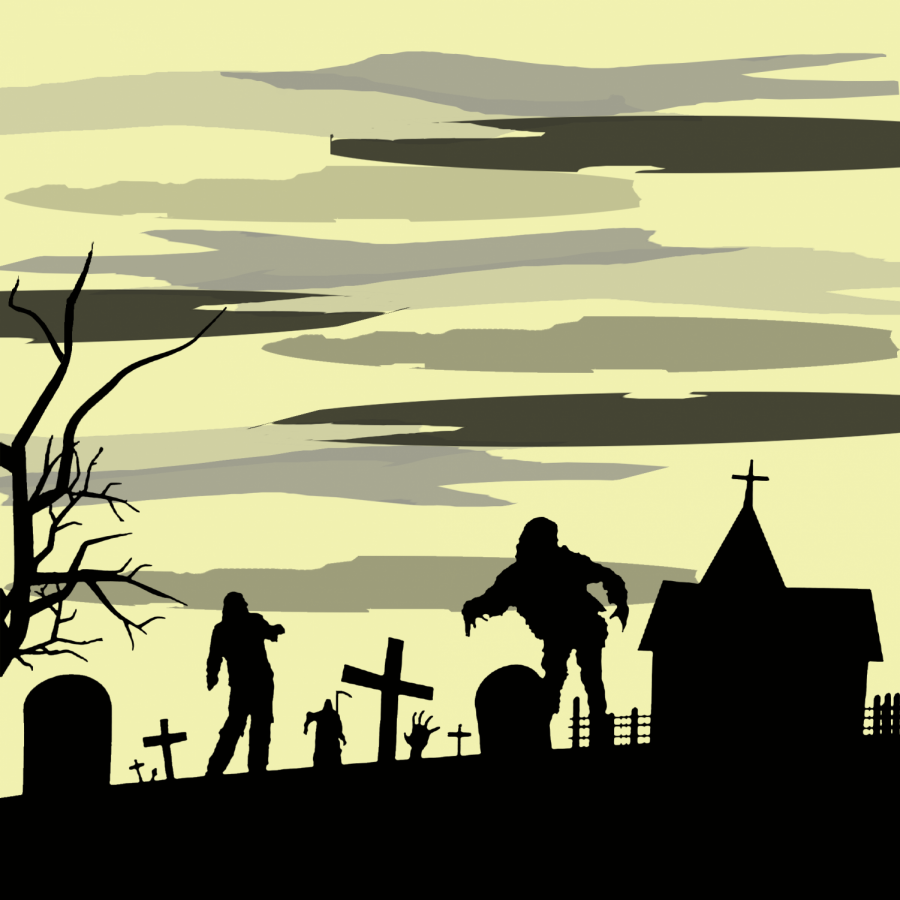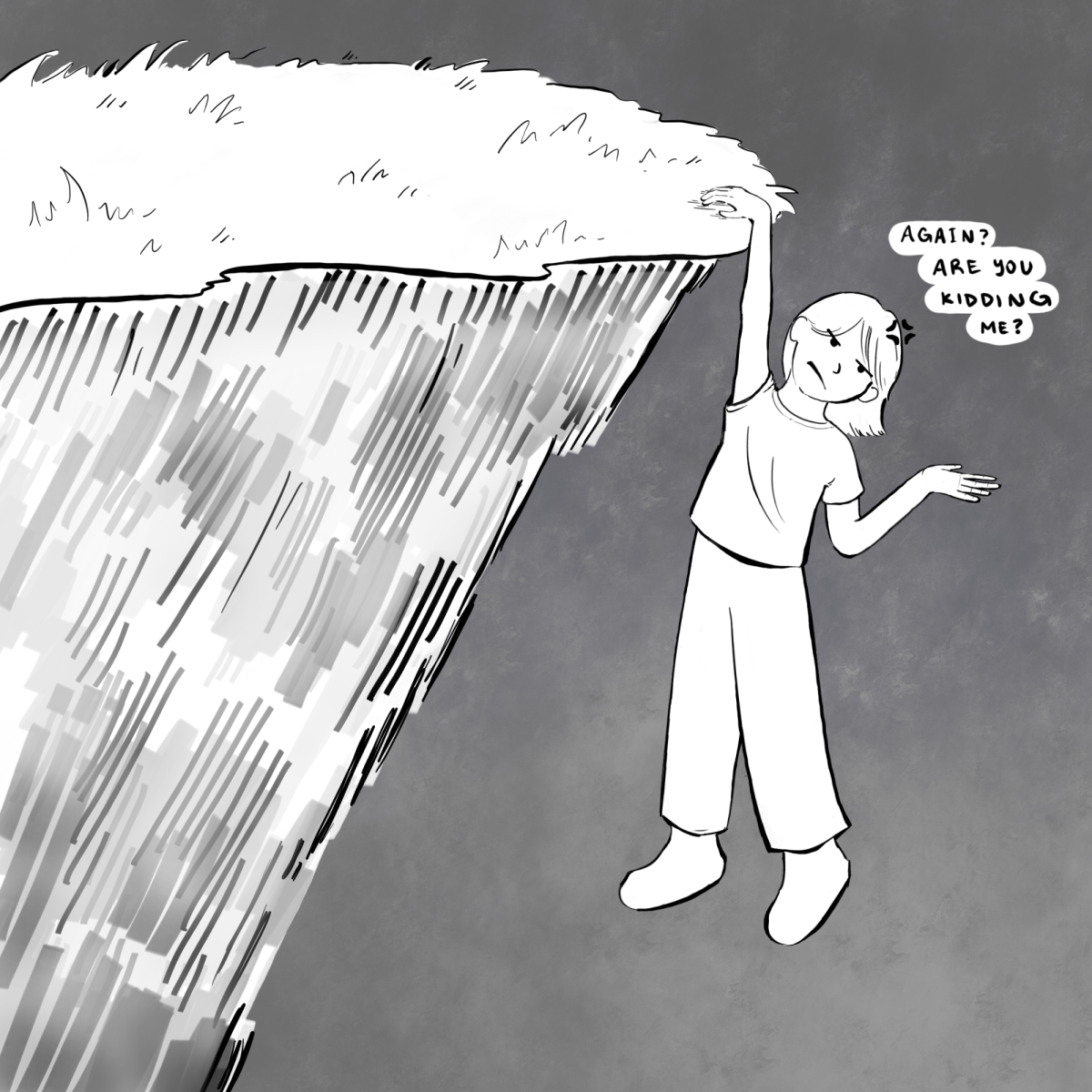High school students are too old to celebrate Halloween
October 30, 2017
One of the most recognizable customs of Halloween is trick-or-treating. The fact that having a costume is all that is needed to get free candy is appealing, especially for kids and teens.
Except, trick-or-treating, at its core, is an activity for young children. Although some people might argue that trick-or-treating should be for all ages, it does become less socially acceptable to trick-or-treat as a person ages. There are virtually no adults going around asking for candy. Thus, high schoolers shouldn’t really participate in trick or treating.
Even at its roots, only children really participated in any sort of trick-or-treating. In the Celtic lands during medieval times, “souling,” which was basically the medieval form of trick-or-treating was practiced. Children dressed up as the dead and visited houses to pray for the souls of deceased family members. In return, they would get drinks and coins.
In Scotland and Ireland, “guising” was a similar tradition. Children dressed up in costume and went from household to household in hopes of getting offerings from them. Instead of praying for the dead, they would give a little “trick,” such as a song, poem or performance. The children usually got some sort of treat, like food or money, in return.
In the mid-19th century, there was a large number of Irish immigrants fleeing the Irish Potato Famine. As a result, the traditions of souling and guising became part of American culture. With usually only children participating both traditions, it’s no wonder that the resulting practice of trick-or-treating in America is generally reserved for children.
Therefore, it is no wonder the full benefits of trick or treating can usually only be enjoyed by little children. People are more likely obligated to give candy to a child, as a child has very little means of getting candy itself. High schoolers, on the other hand, usually have at least enough purchasing power to buy their own candy, especially once they are able to start working. People are going to be more prone to giving candy to a cute kid than a person who looks fully capable of getting it without begging. At some point, it’s really not worth the judgment and the hassle just to get a haul of candy.
Also, the general practice of trick-or-treating is specially tailored for kids. Even though the horror element is a very big part of the Halloween spirit, it is pretty toned down when kids go around to trick-or-treat. While little jump scares or tricks are fun here and there, they are usually very childish and kid-friendly.
Anything that can actually a kid a nightmare is heavily frowned upon, such as a gory costume or a chainsaw. The prevalence of mild horror during Halloween also shows that trick or treating is really meant for little kids and very likely fall flat of a high schooler’s taste. There are many great alternatives to trick or treating to get in the Halloween spirit, such as costume parties, haunted houses, or horror movies, that are more tailored to the taste of high schoolers.
While trick or treating may be a great childhood experience, there is no doubt that it starts losing its luster as the trick-or-treater becomes more and more similar to the candy givers. Part of growing up is learning to accept that things aren’t handed to you in life.
Click here to go back to the original page.







